One of the virtues that Venezuela has in relation to mining exploitation is the great advantage of being able to obtain in the three main types of diamonds, these are gems, industrial diamonds and bort. Each of these types of diamonds has similar characteristics and at the same time, their use is different.
Diamond gem quality: is the best known, is the one easily obtainable in jewellery stores, its purity and cleanliness are the basis to be considered as a valuable and quality diamond.
The so-called gem diamonds can acquire any shape from a diamond shape to cube and decahedron, any presentation will be well received by expert jewellery collectors.
Industrial diamonds: this classification of diamonds is known to perform work at industrial levels, hence denotes its name, its colour will depend a lot on the hardness of the diamond, yellow being the most requested for its hardness.
Diamonds for industries are mainly used for drilling tools or drills, its hardness allows to have the confidence to perform a precision job without having to purchase other parts of stones such as diamonds.
Diamond Bort: this is the third type of diamond that exists, it is used mainly to be converted into a diamond powder that is used for the process of carving diamonds of the first type.
The diamantiferous deposits of the country are found in the Caroní basin, mainly in the Guyana complex, where millions of carats of annual exploitation are recorded. These areas are determined as the richest in this resource.
Mining is considered a process for extracting these minerals from the rivers, basins and subsoil. It is normally performed by companies with machines developed for this mission based on special technologies.
However, there are other realities in the mining process around the world, and it is informal or illegal mining, which represents the survival of rural mining areas, where the population is engaged in the process that is mostly known as small-scale artisanal mining.
This constitutes a great environmental, social and economic impact both for the state and for the mining sectors. In the particular case of Venezuela, the small-scale mining is performed by the same inhabitants of the area with precarious needs, looking for a livelihood in order to survive. Of course besides prisoners and other criminals who carry out these illegal mining activities in sectors not authorized by the Ministry of Ecological Development of Mining.
From the environmental point of view, the need to find diamonds, gold, cobalt, iron, among others, cause the miners use materials that are harmful and that affect the environment, as I‘ve mentioned in my previous post about gold - mercury.
Small-scale mining, where the migration of labour produces negative effects in the communities of the area such as prostitution and the increasing rate of HIV AIDS cases.
The mining process can be as I had mentioned on a small-scale or large-scale, currently, the companies dedicated to large-scale mining use technologies that allow the process without resorting to high monetary costs, but definitely to a remarkable environmental impact.
At present, there are many international contracts that are still maintained to certify legal mining in these lands. The mining process has also changed and the old school, like the Snow White dwarfs, have gone down in history. Mainly due to processes that are much more economical, viable and have a "lower environmental impact", also the workforce is smaller.
There are different techniques of large-scale mining, these provide a complete exploitation and acquisition of minerals without wasting any in the process, over time these techniques have been evolving and all are based mainly on the largest amount of minerals such as diamonds, iron, coal, gold.
Referring to the previous articles, I have to mention some of the techniques to keep the context. Here are some different types of techniques that are being used in mining, what are their benefits and also their environmental consequences when used:
Open-pit mining: it is a surface mining process, where large machinery is responsible for large-scale drilling and then by means of electric shovels the waste from excavation and mineral exploitation is thrown on trucks to be processed and classified.
This technique is very common nowadays and the main benefit is the decrease in labour costs. However, there is bad news for the environment, the use of more land to occupy for processing and that the excavations bring with them subsoil materials that are toxic and radioactive to the soil, making these lands no longer suitable for the growth of the flora.
Strip mining: As its name says, it is also part of surface mining and is used mainly for the extraction of coal and similar minerals, the process consists of excavations on the surface of the place where the raw material extracted is used.
There is a notable difference between this type of mining and open-pit mining, where the latter creates larger craters around the main excavation site, while open mining exploits the extracted material and the rest is put back in the place of exploitation, trying to leave everything as it was before the process.
Quarrying: Are mining techniques very similar to those of open pit with the difference that these produce materials mainly for construction uses, so it is necessary that the sites chosen for this are close to the market, otherwise, the expense in transportation would be unprofitable.
Depending on the mining technique and method, the use of specialized machinery for work is differentiated. the machines used are divided into two groups. For surface mining such as draglines, shovels/excavators, bucket wheel excavators, bulldozers, haul trucks and underground mining, jumbo drills, loaders, air compressors, borer miners.
The main diamond deposits in the Caroní area, with their own specifications and characteristics, including the diamond type and annual production, are:
Ikabarú Zone, located in the Bolivar State, exactly in the municipality of La Gran Sabana, its population is approximately 2,000 inhabitants and 80% of these are miners by profession.
The process of extracting diamonds is not one of the main economic activities carried out in this parish since the main extraction and mineral exploitation is gold, however, there is a particular interest for diamonds and many illegal miners also want to have the slice of the cake.
The great competition between groups of miners leads to clashes between them. More than 20 deaths are registered annually as a result of these disputes. The exploitation and mining of gems and industrial diamonds are consolidated, as mentioned previously and it is very useful for the economy of the place.
The area consisting of a road that links El Dorado with Santa Elena de Uairén is where the diamond deposit is placed. With environmental protection standards, as well as the conditions for extracting minerals from the foundations of the mine.
The mining arch stretches from Tumeremo to Santa Elena de Uairén. One would like to be really positive in relation to the mining of the area, but the reality is different, there is a lot of illegal traffic of minerals, as well as other resources extracted from the deposits. While the Venezuelan government warns through ministries of environmental protection, the reality shows a harmful intention of exploitation by the same government authorities and even criminals incorporated in these mining areas.
Another site of mining important in terms of diamantiferous deposits is La Paragua. It is considered in itself a site of fishing, agricultural activity and mining. With its strong affluent to the Caroní River, it represents an important mining site mainly for diamonds and gold, consisting of three types of diamonds for almost immediate collection.
Other important sites in the exploration zone in the mining arch of the Caroní basin are Paraitepuy and Urimán.
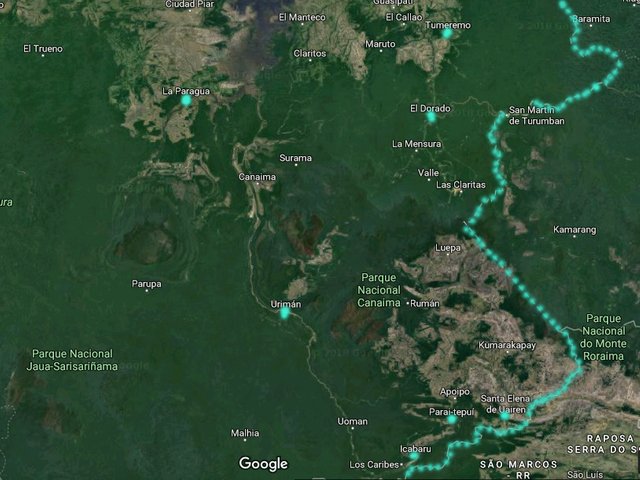
Map of the diamantiferous region in Gran Sabana next to the border with Brazil and Guyana, Photo: @highonthehog
The very production of diamonds in the Guayana mining arch is the one of the most important in the whole country and closely competes with other countries, such as Zimbabwe. There are agreements and treaties between countries that use diamonds in the region and in the same way the Venezuelan government is benefited by its exploration.
Certainly, the economy driven by the extraction of diamonds, next to gold is an option to let Venezuela’s black gold (petrol) exploitation to catch a breath.
The absolute necessaries to be maintained are to have a better control of the mining exploitation and carrying out treaties and reintegration to the Kimberly certification process to stop any criminal act such as contraband, money laundering, among many other adversities of the diamond mining activity.
References
Photos: @highonthehog
Images: sources linked below
Hartman, Howard L., SME Mining Engineering Handbook. Society of Mining, Metallurgy and Exploration Inc. p. 3., 1992
King, H., How do diamonds form? They don't form from coal!, Geology and Earth Science News and Information, 2012
Blore S.G., Létourneau J., The Lost World Diamond Mining And Smuggling In Venezuela, Partnership Africa Canada, 2006
Rodriguez I., Linking well-being with cultural revitalization for greater cognitive justice in conservation: lessons from Venezuela in Canaima National Park, Ecology and Society, 2017
https://www.lagransabana.com
https://virginiabehm.maps.arcgis.com/apps/Cascade/index.html?appid=18e425a6057945af9ad56e8af989a656

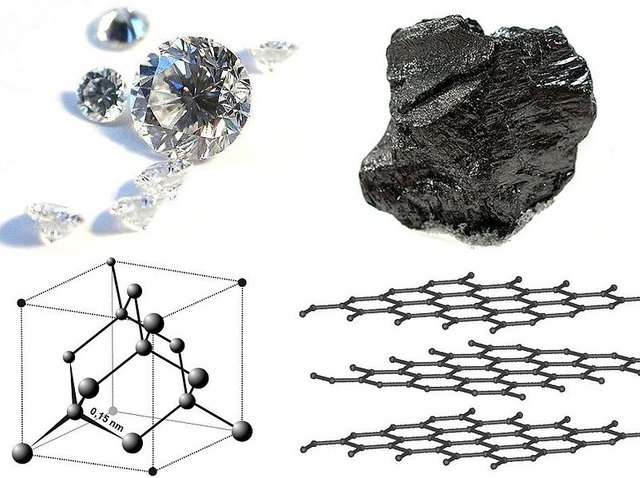
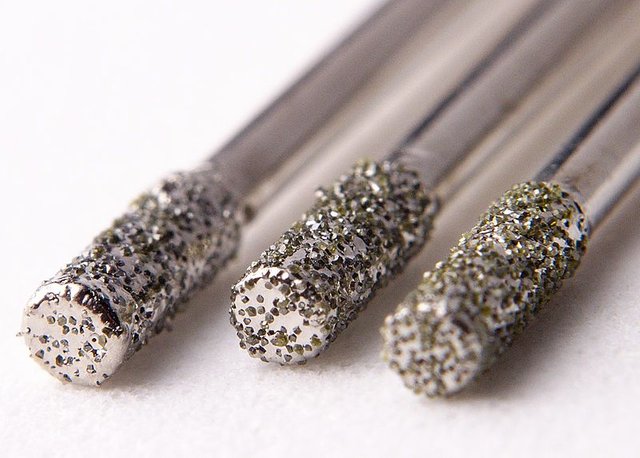
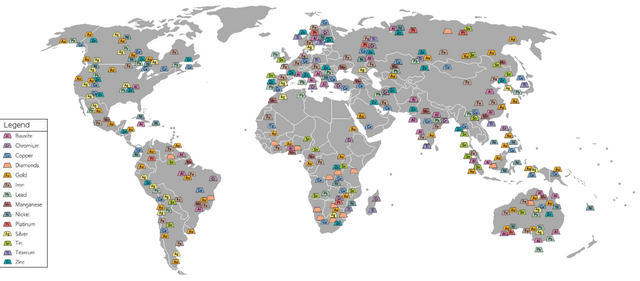
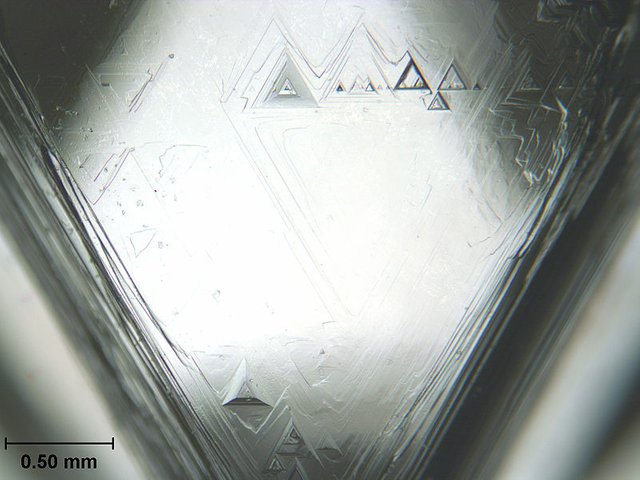
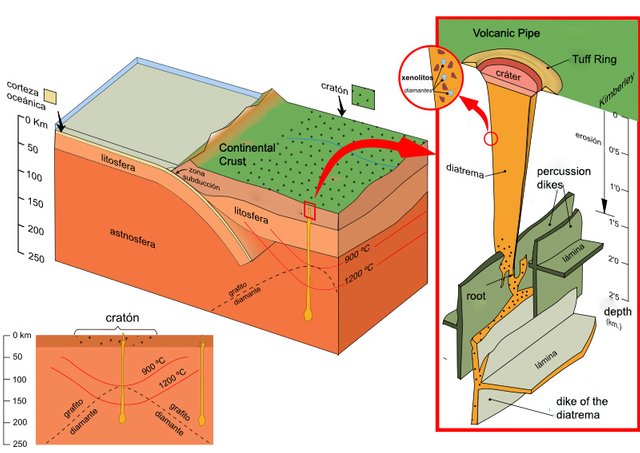
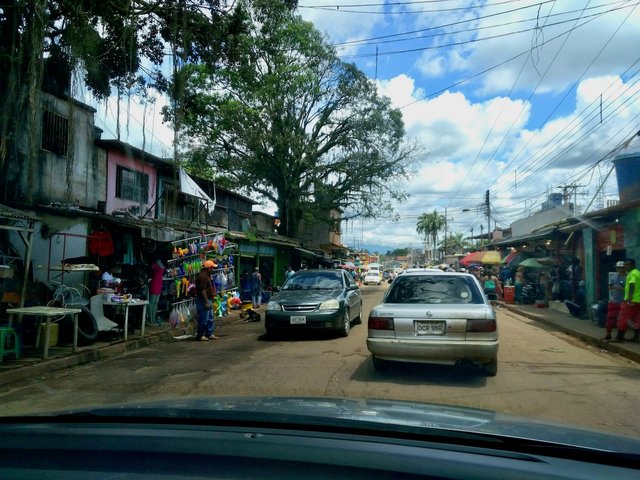
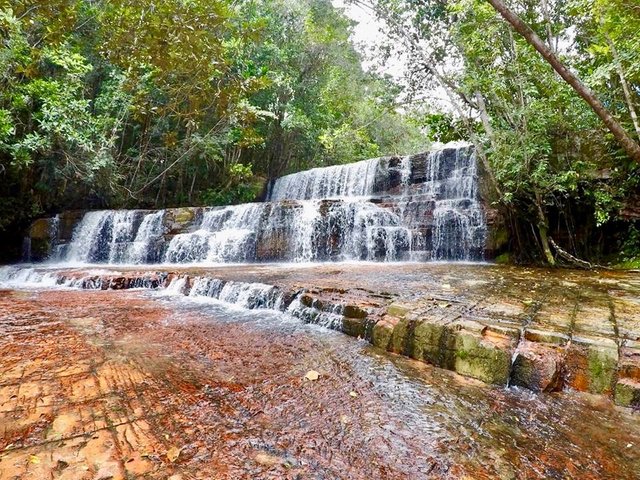

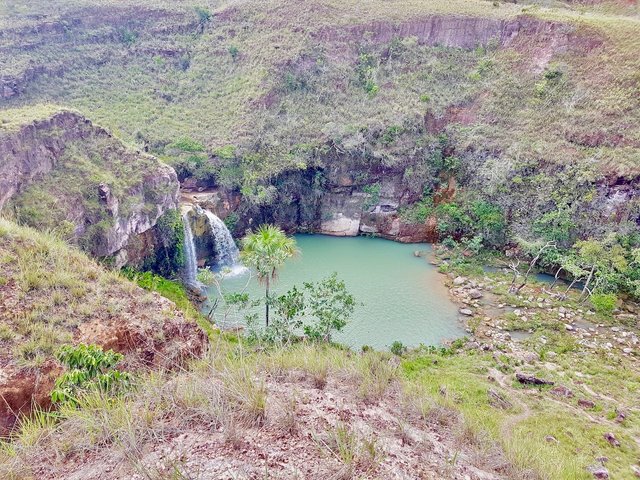


.jpg)
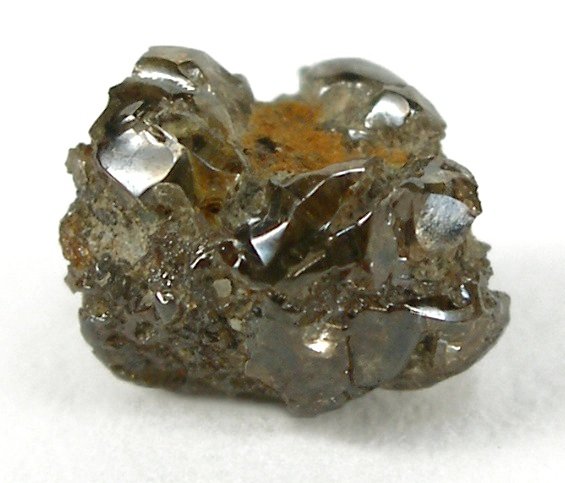
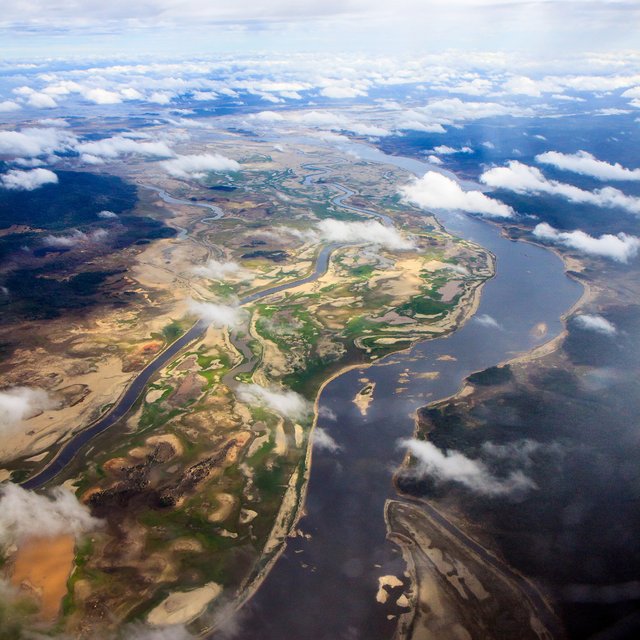
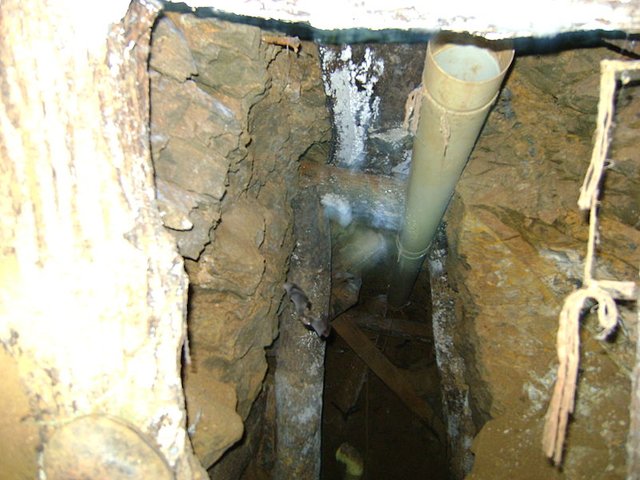
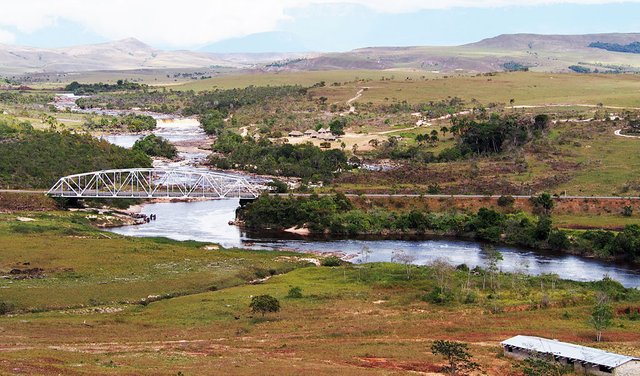
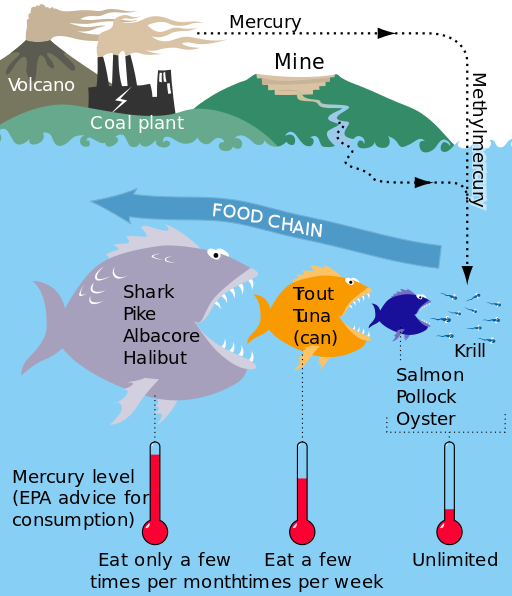
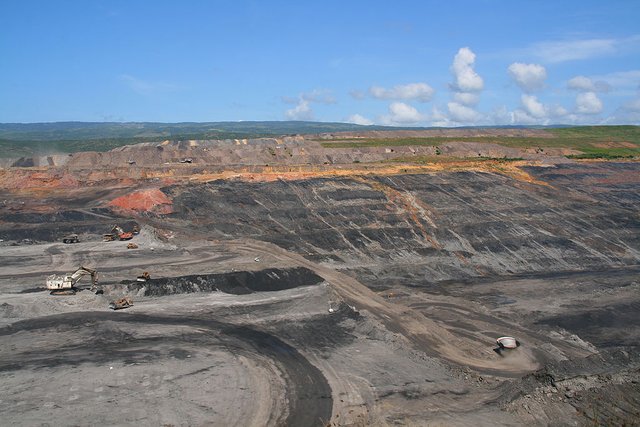

DISCLAIMER: dropahead Curation Team does not necessarily share opinions expressed in this article, but find author's effort and/or contribution deserves better reward and visibility.
(maximize your curation rewards!)
with SteemConnect
12.5SP, 25SP, 50SP, 100SP, 250SP, 500SP, 1000SP
Do the above and we'll have more STEEM POWER to give YOU bigger rewards next time!
Are you a curator? Join our team! v1
Releasing the power of dropahead's Rewards Pool (dRP)
Amazing article as always @highonthehog!
It is true Venezuela has a lot of potential mainly due to its natural resources, but as you surely know, the exploitation of those resources are mostly kind of kidnapped by government officials, it is a shame because it feels like wasted potential.
Let's hope this destructive corruption ends soon.
Cheers!
Debemos promover mediante medios de redes sociales campaña que despierte la conciencia ecologica verdadera sobre nuestros espacios naturales que estàn en peligro de explotacion irracional en venezuela
@highonthehog Your looking beautiful pretty
I am from India ♥️♥️
La actividad minera, tal y como está planteada, fragmentará los ecosistemas de la zona, en su mayoría bosques, provocarán una importante pérdida de especies tanto de flora como de fauna, algunas de las cuales ya se encuentran amenazadas. Es de destacar que muchas de las especies de la zona son endémicas, es decir, no se encuentran en ninguna otra parte del mundo.
Are there pictures of diamond mines in Venezuela? I mean, you have pictures showing environmental damage of strip mining, but these are from coal. Is strip mining used to extract diamonds? I thought diamonds were excavated, but I might be wrong.
Also, my limited understanding of mining is that diamond mining is one of the least damaging operation because the diamonds are chemically inert so we don't use chemical leaching methods. Is this true?
Congratulations @highonthehog! You have completed the following achievement on the Steem blockchain and have been rewarded with new badge(s) :
Click on the badge to view your Board of Honor.
If you no longer want to receive notifications, reply to this comment with the word
STOPDo not miss the last post from @steemitboard:
This post has been voted on by the steemstem curation team and voting trail.
There is more to SteemSTEM than just writing posts, check here for some more tips on being a community member. You can also join our discord here to get to know the rest of the community!
Thank you :)
Hi @highonthehog!
Your post was upvoted by utopian.io in cooperation with steemstem - supporting knowledge, innovation and technological advancement on the Steem Blockchain.
Contribute to Open Source with utopian.io
Learn how to contribute on our website and join the new open source economy.
Want to chat? Join the Utopian Community on Discord https://discord.gg/h52nFrV
Thank you :)!!!
Nice click beautiful... awasome..
Thanks
Great article!
Thank you